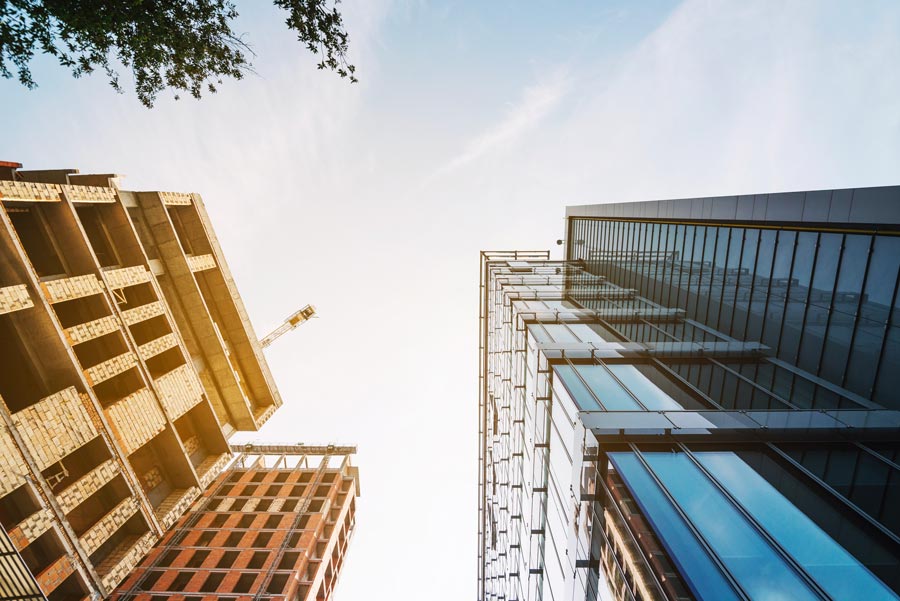
As the real estate sector is progressing well, homebuyers are forced to choose between two options: either an apartment that is sitting vacant and ready to be occupied, or an apartment that is still in the development stage.
A completed home refers to a fully built home that the owner can move into immediately. Such buyers who do not want to go through the rigours of the buying process normally go for this option since the buyer can walk into the new home as soon as the selling process is done.
An unfinished apartment may be a home that has not yet been completed or is still being finished and that is offered for sale in stages of its completion. This option is quite popular with those buyers who are more interested in the investment or in the option of changing the appearance of their new purchase.
Ready-to-move-in apartments allow buyers to take possession quickly. This is ideal for those who want to avoid waiting for construction timelines or need a place to live immediately without any delays once the legal and financial procedures are complete. Buying a property under construction can be risky. Delays in project completion due to regulatory issues, financial challenges, or market downturns are not uncommon.
With ready properties, what you see is what you get. Buyers can physically inspect the property before making a purchase, gaining insight into the exact size and layout. One risk with under-construction projects is that the final property may not match the plans or promotional materials. Changes in layout, room sizes, or amenities may result in a home that looks different from what was initially promised, which can raise issues.
Ready apartments typically come with fully functional amenities, allowing you to assess the facilities firsthand. Properties under construction are often designed with the latest architectural trends and amenities. When buying an ongoing project, you’re likely to benefit from modern facilities, energy-efficient designs, and materials that may not be available in older, completed properties.
The price of ready-to-move-in residences is one of the greatest weaknesses of such properties. The final cost includes all the expenses of construction because the property is already built together with certain extra charges for being able to move in immediately. This circumstance may render the property to the buyers with budget constraints as not affordable. Unfinished houses and other forms of construction are generally very much cheaper than fully constructed and ready-to-be-moved-in properties. During the very initial phases, builders provide incentives or great offers that are aimed at luring potential buyers at that stage, thus making it possible for many buyers within the budget.
The first step would have to be analysing your finances, and afterwards deciding as to whether out of the two possibilities would suit you best. Apartments that are ready-to-move-in are said to cost more at once but payments on such a house can be spread through phases in construction projects.
Think about how long you wish to wait before you buy a new apartment. In the case of wanting to move into a new apartment at once, then this would be optimal for you. On the other hand, if settlements do not need to be completed at this time, then you can start lower pricing and appreciate the outlook of the property that will be completed in the future.
Real estate prices are influenced by location and infrastructure. While ready-to-move-in apartments offer immediate value, ongoing construction projects can yield long-term benefits if the surrounding area is set for development. Analyse future growth potential to maximize your investment.
If you appreciate having the freedom to shape your home environment the way you like it, then you should consider a working construction progress. It is difficult to change the aesthetic of a developed apartment as such modularity is greatly reduced.
The two types of residencies emphasize the consideration of several preferences or priorities. In cases where one would prefer immediate occupancy of the house in low risk, with no waiting period, then a ready-to-move-in apartment is ideal. Such features may be absent in instances of interpersonal emotions whereby varying times will not matter.